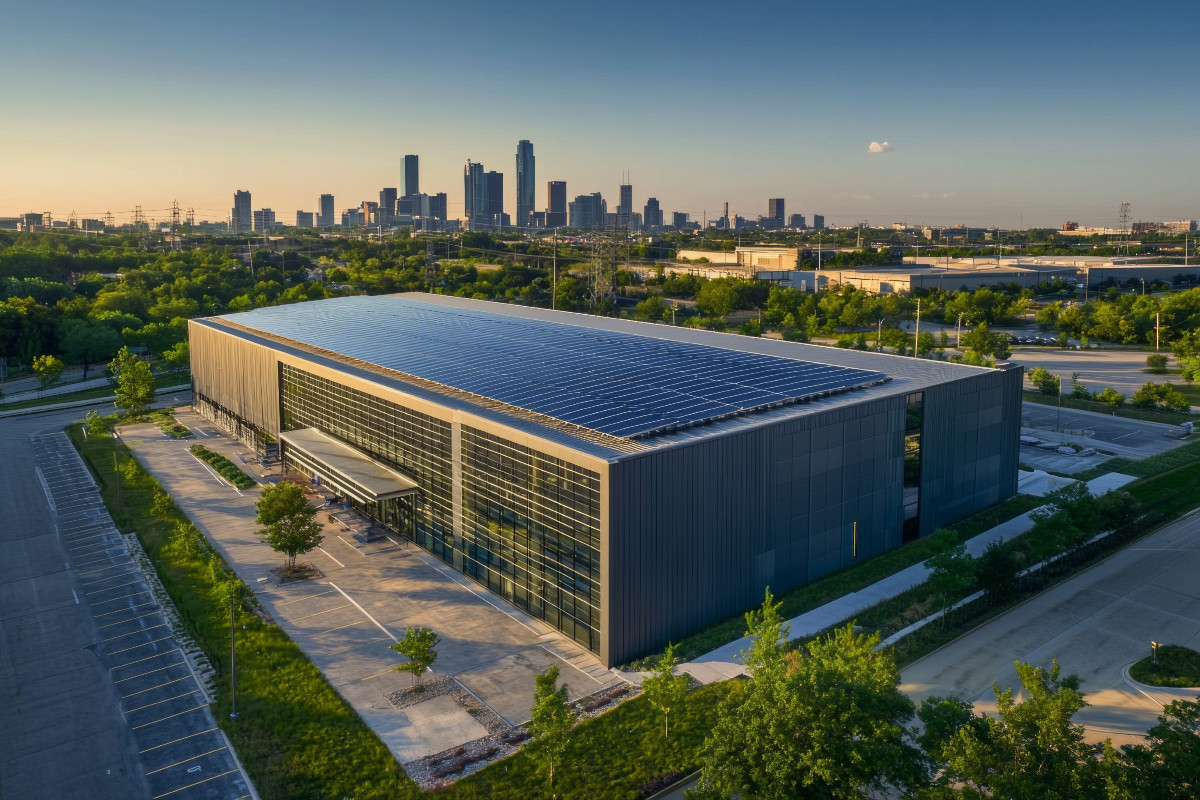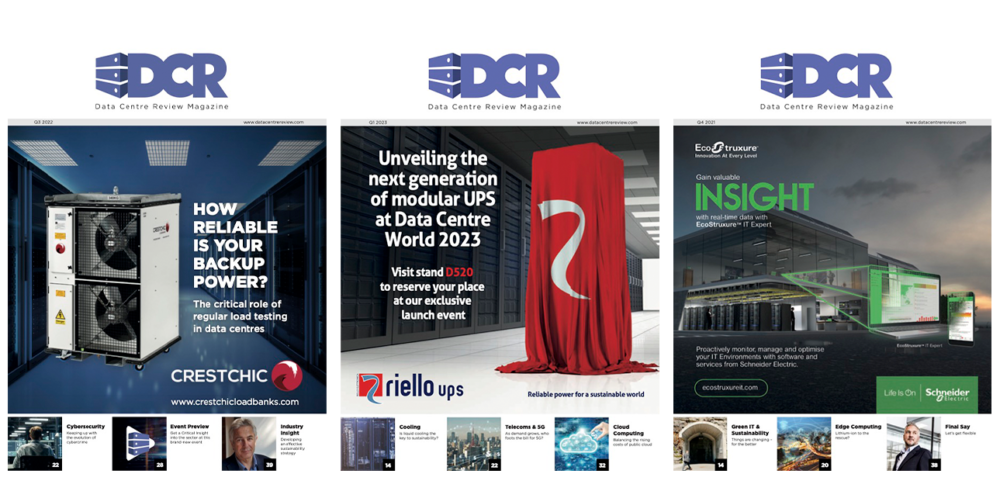David Davies, Data Centre Specialist at Arup, explains how reimagining server campuses as living landscapes can swap grey walls for wetlands and wildflower roofs.
As the physical footprint of digital infrastructure expands at pace to meet growing global demand for AI, so too does scrutiny of its impact on the natural environment. Data centres are increasingly being recognised as a source of land-use pressure and ecological disruption, and the industry is now facing questions not just about energy and emissions, but about biodiversity.
The link between data centres and biodiversity has not always been immediately obvious. These are highly technical, secure sites, often located near towns and cities or rural areas. But they do require significant amounts of land and raw materials for construction and operation, which can lead to habitat loss, fragmentation, and disruption of local ecological systems.
This all should make nature a central concern for data centre developers, but it remains a blindspot at present. Not only is addressing these challenges important, but a greater focus on nature actually presents an opportunity. Rather than simply designing data centres to avoid or offset damage, they can be designed to support and even restore nature.
To do this, we need to rethink how these facilities are designed. Doing away with siloed working and pursuing collaboration across all aspects, with ecologists, engineers and everyone in between working together to bring nature further into the conversation.
Working with, not against nature
Nature-based solutions can not only reduce a data centre’s impact on the local environment but actively contribute to ecosystem regeneration.
One example is the increasing use of sustainable urban drainage systems. Wetlands, planted swales or vegetated retention areas can reduce runoff, improve water quality and create valuable habitats for wildlife.
Data centres can even look to history for a way to support both nature and maintain security. By integrating moats and berms into designs, data centres can maintain a level of security around their site, while having clean water to support local aquatic species and ease aesthetic complaints from local residents.
Other site-level strategies are helping to reframe how data centres sit within their surroundings. Existing projects are exploring the use of green roofs and walls, including vertical meadows, to support urban biodiversity, soften building profiles and provide habitat for insects and birds.
The benefits of this aren’t just for biodiversity either, there are thermal benefits to these features as well. Modelling tools have accurately shown that the integration of vegetation across the built environment can lower peak ambient temperatures. If applied to a data centre, it could reduce the burden on cooling systems and reduce operational energy demand. In increasingly dense urban environments, where heat resilience is becoming a critical concern, these measures offer a dual benefit for both ecological function and system performance.
Beyond the boundary
Site design is just one part of a bigger picture. Biodiversity loss doesn’t choose where it happens and our assessments need to be tailored to the specific habitats. While most planning and mitigation efforts focus on the immediate site, research suggests that a significant portion of development’s biodiversity impact happens away from the site, upstream in the supply chain.
From the extraction of raw materials to manufacturing and logistics, these stages can carry substantial ecological costs. This is embedded in the value chain, mining, energy production, transport and construction processes that may occur far from where the data centre will ultimately sit.
To properly account for these broader impacts, many organisations are looking to strategic frameworks like the Taskforce on Nature-related Financial Disclosures (TFND). These frameworks aim to assess the full spectrum of risks and dependencies a development has on nature, including those hidden in supply chains. Integrating this thinking early in the development process allows designers and engineers to make more informed decisions about materials, procurement strategies, and construction methods, all of which contribute to a facility’s overall environmental footprint.
Placing biodiversity centrally in a project’s context
Biodiversity is not a one-size-fits-all issue. While carbon emissions can be quantified and compared globally, the needs of an ecosystem in Ireland will differ substantially from those in Spain or Sweden. Each site must be approached with an understanding of the local species, habitats and ecosystems. This requires early and sustained involvement from ecology and landscape professionals, working alongside engineers and planners from the outset of the project.
Policy is already moving in this direction. The European Union’s Nature Restoration Law is one of several regulatory drivers that are pushing developers to think more seriously about nature in project design. Alongside the Corporate Sustainability Reporting Directive and national biodiversity net gain requirements, there is growing momentum to move beyond basic mitigation towards restoration and long-term stewardship.
Data centres are increasingly being designed as part of wider mixed-use masterplans, with greater emphasis on how they relate to local communities and natural systems. Some developments are incorporating publicly accessible green space, while others are aligning with regional rewilding efforts or watershed restoration projects. The notion of the ‘good neighbour’ is gaining traction, referring to facilities that actively make a positive contribution to their surrounding communities and environments.
What’s needed now is a mindset shift. Biodiversity can no longer be treated as a compliance task tacked onto the end of an environmental impact assessment. It must become one of the core design parameters alongside cooling systems, energy sourcing, connectivity and resilience. With this approach, everyone from ecologists to landscape designers and water specialists must work together to redesign data centres that actively support the natural world.
There is no reason why the infrastructure that underpins our digital lives should be at odds with the living systems it depends on. With thoughtful design, better data, and collaborative planning, data centres can evolve into spaces that meet technical demand while enhancing ecological health.


